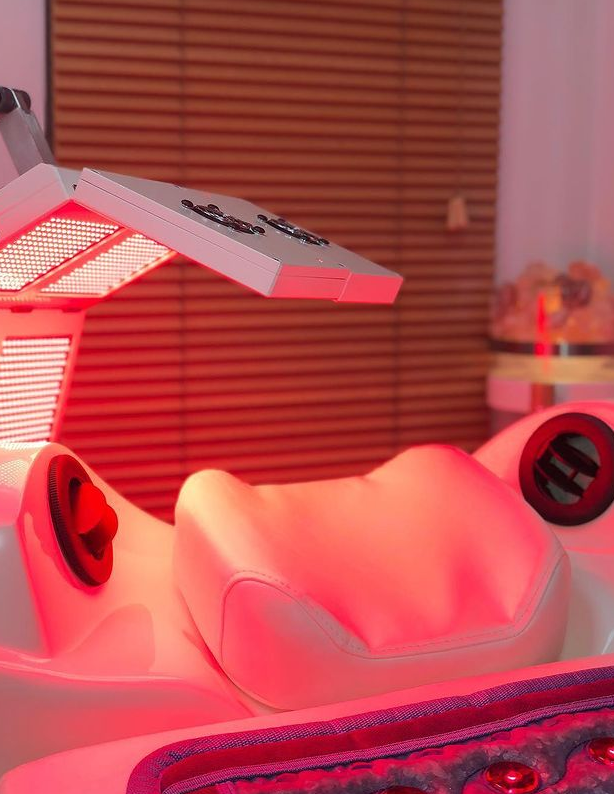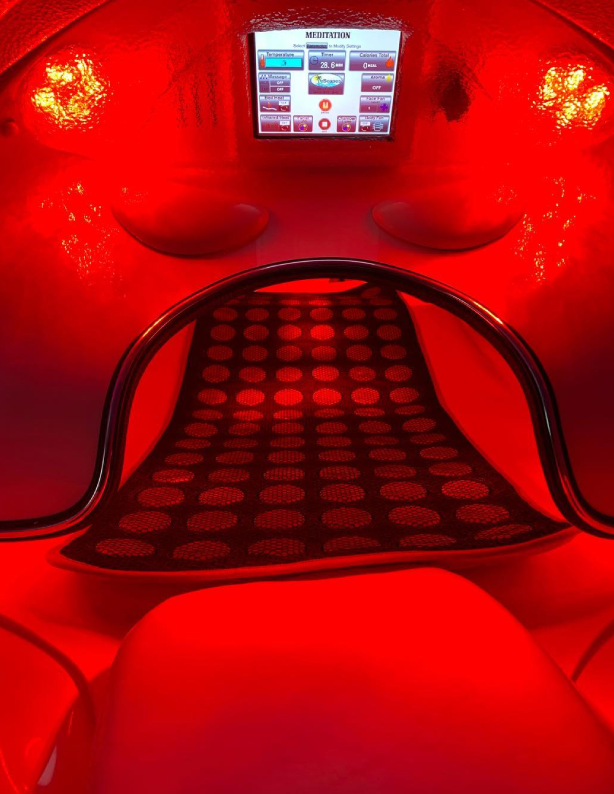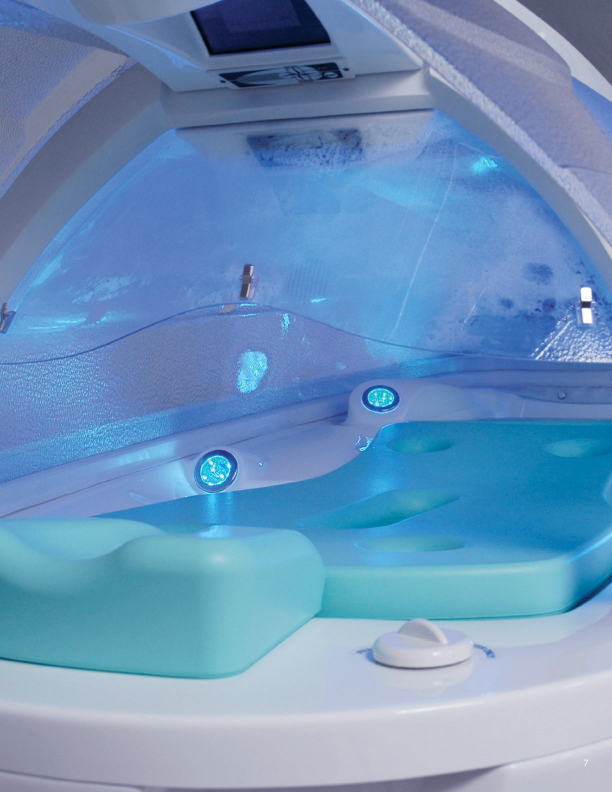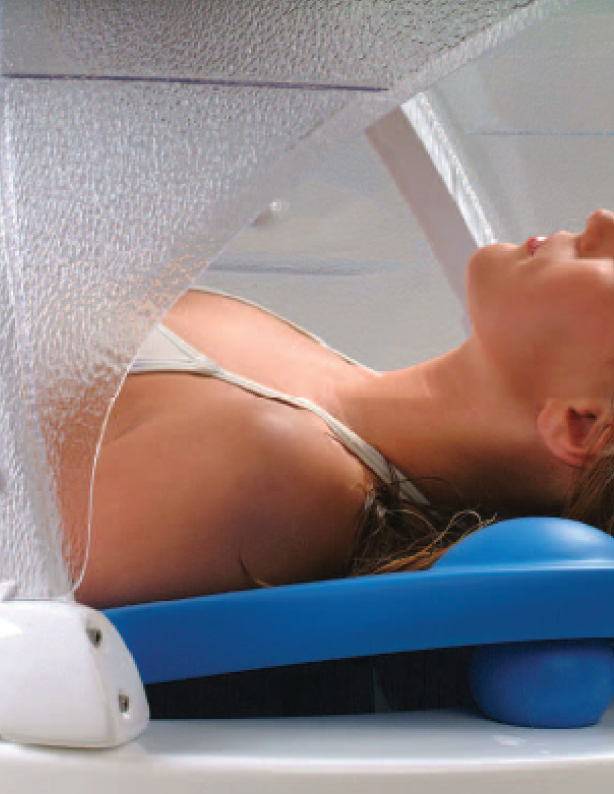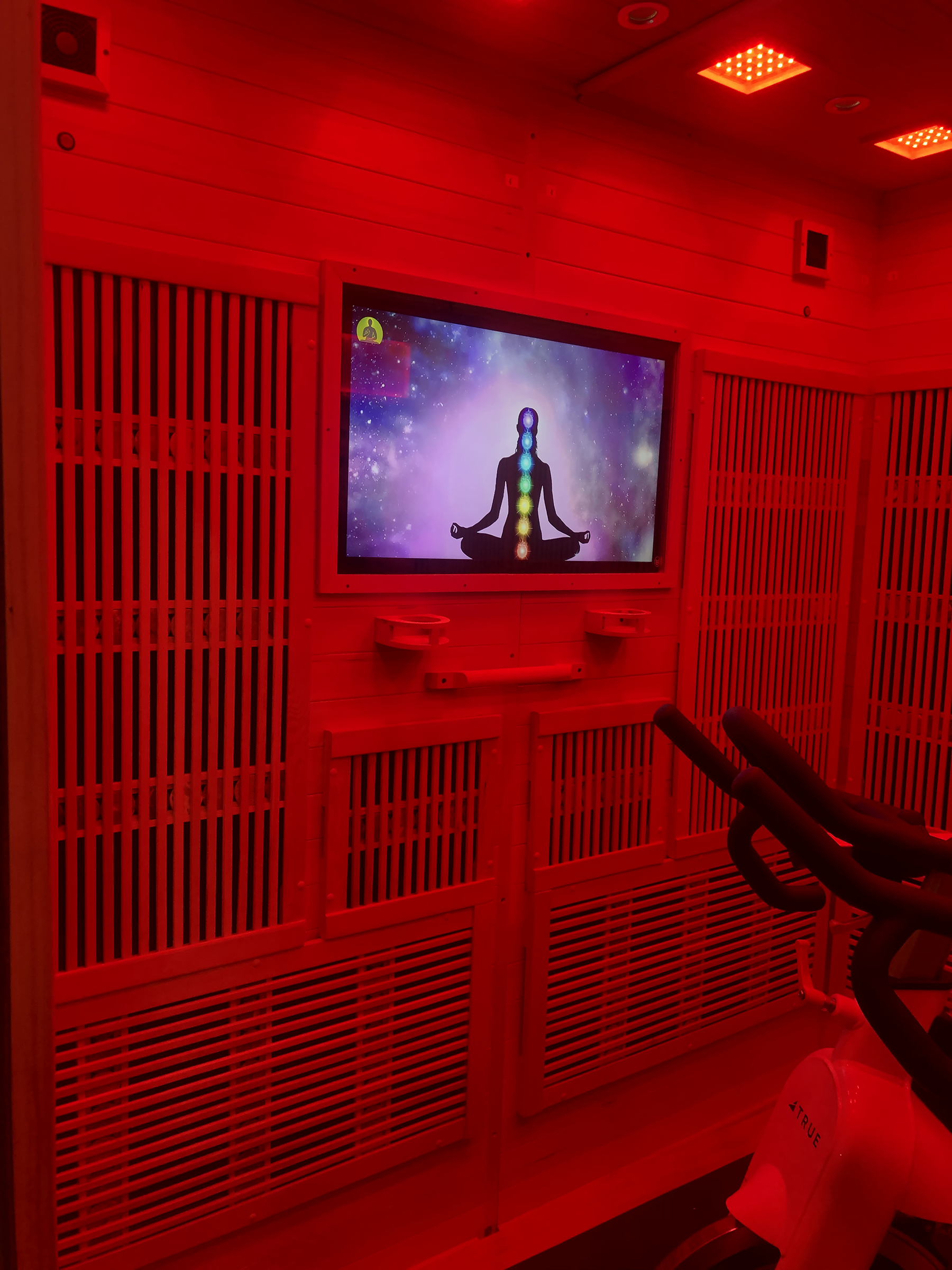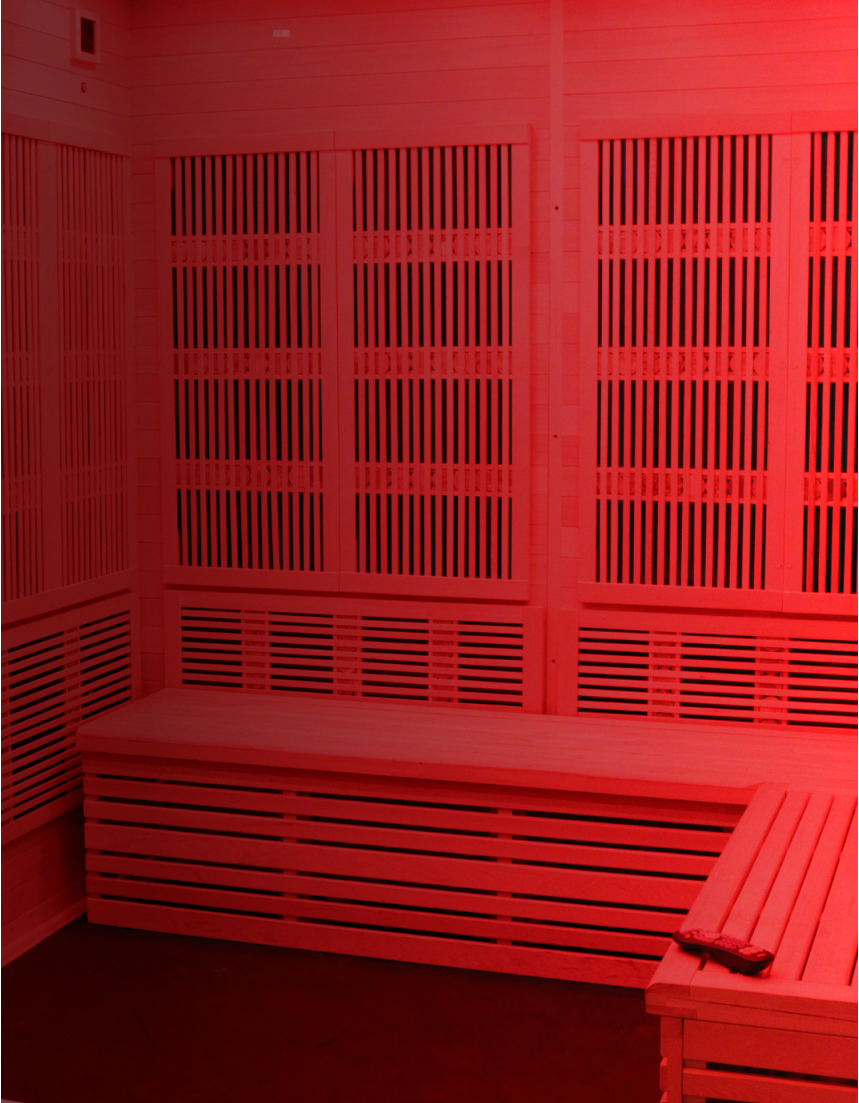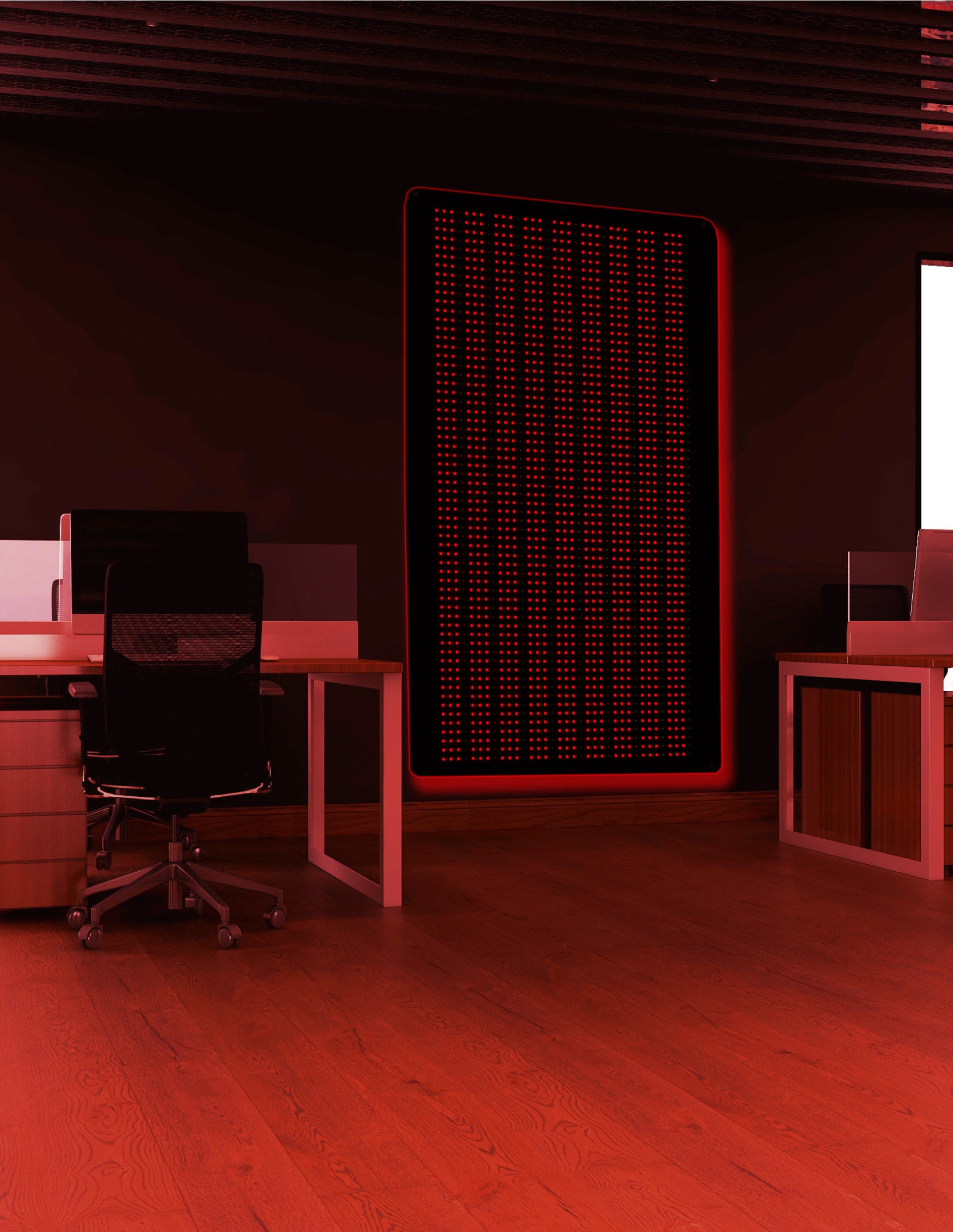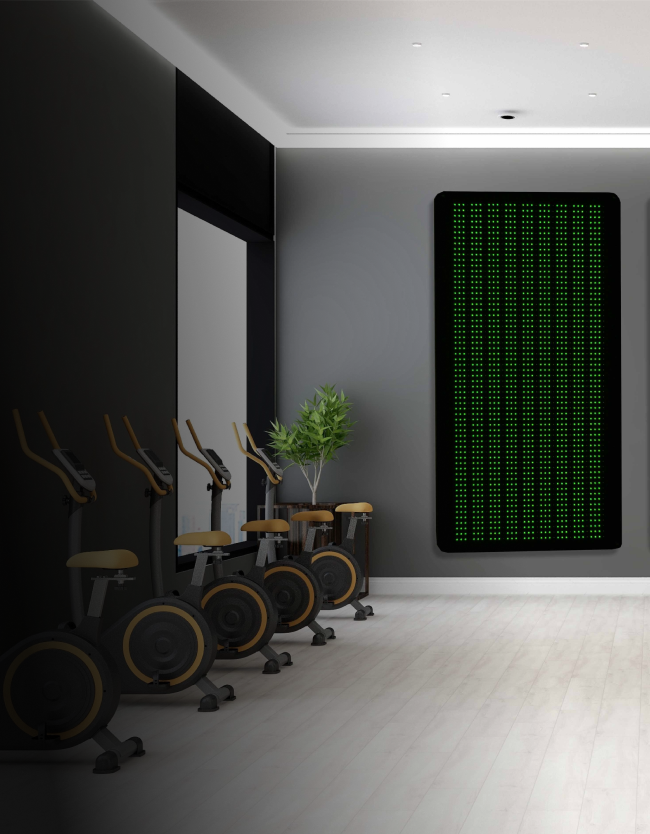Warm Bodies, Hot Profits
In salons across the country, a number of wellness modalities, including saunas and heated, powered massage systems that can help people to relax, recharge, and reboot their minds and bodies, are already generating significant sales and profits.
Massage is also beneficial for the enhancement of blood circulation, muscle relaxation and alleviating pain and other stress-related conditions. Combined heat and massage treatments can instantly “unplug” salon customers from the stressful demands of their daily lives.
A relaxing 15-20-minute session provides an opportunity to quiet inner noise, escape the chaos of modern life, and fully recharge our batteries. This “relaxation response” often leads to “a physical state of deep rest that changes the physical and emotional responses to stress (e.g., decreases in heart rate, blood pressure, breathing rate and muscle tension)” and is characterized by:
- Decreased metabolic rate
- Slower heart beat and breathing, and
- Muscular relaxation and lower blood pressure.
Two of the most widely known biomarkers for measuring stress are blood cortisol levels and blood pressure readings. Cortisol is the primary stress hormone and is produced in the adrenal glands. Increased cortisol levels result in the release of glucose into the blood stream and a number of other responses to help us fight or “flee” from our perceived stressors. Cortisol levels generally increase slightly during high-heat saunas but drop immediately afterward. Published studies have shown that both sauna sessions and massage can be helpful in reducing cortisol levels. Saunas can also trigger the release of endorphins which create a soothing, tranquilizing effect that helps with relaxation and better sleep. Finally, studies have also shown that both systolic and diastolic blood pressure at rest and during dynamic exercise were decreased significantly by sauna therapy.
In salons across the country, a number of wellness modalities are already generating significant sales and profits.
